The HTC One: A Remarkable Device, Anand’s mini Review
by Anand Lal Shimpi on March 21, 2013 4:49 PM EST- Posted in
- Smartphones
- HTC
- Mobile
- HTC One
The Camera
If the One’s industrial design and materials choices make it nice to own, it’s the camera that makes the One a must have. In fact, that’s how it all started for me. I popped my test sim into the One and started carrying it around with my iPhone 5 as I went about the user experience part of my review process. I quickly found myself only taking photos using the One, and using the 5 for everything else. After a few days, the 5 was pretty much only used to check iMessages and answer calls to that number - with the One being used for everything else.
I remember talking to Brian after he first learned about what HTC decided to do with the One’s camera system. I believe he said something like “this is exactly what they should be building”. In the three years I’ve worked with Brian I don’t think I’ve ever heard him say that about any smartphone OEM’s decision with any component/subsystem. The strong endorsement was enough to pique my interest in the One.
Brian will go into great detail about the One’s camera in his review, and what I’ll provide here is no where near doing it justice but I’ll do my best.
At a high level, HTC’s strategy with the One is to boldly bow out of the megapixel race and instead integrate a lower resolution rear facing camera sensor with larger pixels. Each pixel in the One’s 4MP rear facing camera sensor is over 2x larger than those in the iPhone 5, and even larger than those in the Galaxy S 4. Larger pixels help ensure a better signal to noise ratio, which in turn can really improve low light performance when paired with a suitable lens.
The downsides are obvious. Very well lit scenarios can suffer compared to a higher resolution sensor, and the bigger issue for HTC is that 4MP doesn’t sound as good to the uninformed consumer compared to the Galaxy S 4’s 13MP rear camera. HTC tried to get around the latter problem by calling its larger pixels Ultrapixels, but then it’s up to point of sale training to ensure that the benefits are adequately conveyed. Call me cynical but I don’t have a bunch of faith there.
The F2.0 lens ensures a bunch of light can hit the sensor, and the result is easily the best low light performance I’ve ever seen in any Android or iOS smartphone. I took this shot during Jen-Hsun’s GTC 2013 keynote earlier this week:
The One seems to want to drive ISO as high as possible to increase brightness, so for this particular shot I manually set ISO down to 100, but otherwise everything else was left to defaults.
The Auto ISO algorithm doesn’t always drive itself super high however, the shot below is outside of Terminal 2 at the RDU airport at 11:29PM:
For this shot I didn’t touch anything and the result was a surprisingly low-noise shot.
It’s not just night shots where the One’s camera excels, but also in the more common poorly lit indoor scenarios where I come away very impressed:
HTC One
In well lit outdoor scenes the One’s camera does a reasonable job (although HTC seems to have an issue with noise in these well lit scenes from whatever processing they seem to be doing):
Integrating a good sensor and camera system is just part of what the One does really well here. The feature that I’ve found resonates the best among normal smartphone users is the highlights reel.
Sense 5.0 will automatically assemble 30 second highlights videos based on photos and video you’ve taken throughout your day. The One automatically adds filters, background music and stitches everything together; all you have to do is use the camera to take photos and video, everything else happens automatically.
The highlights reel below is one that was automatically generated based on my photos and videos from opening day at GTC 2013:
Although highlights reels are automatically generated, you can also generate highlights of individual albums. I created an album of photos I had taken over the past couple of trips (as well as some shots I took at home) and the One created this video:
Each highlights reel is shared as standard MP4 (baseline profile, ~3Mbps 720p H.264), so compatibility isn't a concern.
You can manually choose from multiple themes (filters/music combinations, 6 total), but there’s unfortunately no way to add your own background music yet (I suspect this is coming in the next major update).
The highlights reel is easily the most emotionally engaging feature the One has to offer, even ranking above aesthetics and build quality in my opinion. It’s the type of feature that really seems to resonate with everyone I show it to. The killer aspect in all of this is the fact that the One will put together highlights reels automatically, with no user intervention.
I can see the background music and filters getting boring after a while, and that’s why it’s very important for HTC to quickly enable end users to supply their own audio tracks (as well as quickly - and regularly - expand the collection of filters offered).
The downside to the One’s highlights reel autonomy is the feature remains relatively buried, almost hidden in the gallery app rather than front and center like Blinkfeed. The highlights reel is easy to demonstrate to someone else, it’s just not as obvious of a feature when you pick up the phone for the first time.
I haven’t touched on Zoe, the ability to simultaneously shoot stills and record a short video - both at full res. Zoe is a difficult feature to really explain without demonstrating it, but it does wonders in the creation of highlights reels. Zoe is a great way of dealing with the problem of what to do when your subject is in motion - do you hope for a good still or just capture a video? Zoe interestingly enough does both. It’ll capture a 1080p30 video, as well as 20 full resolution (4MP) stills at the same time.
I’ve mostly been using Zoe as a way to make my highlights reels more interesting, but the best use case I’ve seen was actually by a friend of mine who used it to capture the actions of some street performers in Europe. In one Zoe he had performers spinning on their heads, which typically would make for a good video or an emotionless (but potentially cool) still. Zoe delivered both.
The One, like Nokia’s Lumia 920, features optical image stabilization (OIS), which is designed to help both in shooting video as well as improving low light performance. In practice, I’m not super impressed with the OIS implementation on the One. It seems to need a bit of tuning, but I’ll leave it to Brian to explain exactly what’s going on.
Shot to shot latency on the One is amazing. Video quality is solid as well.
The One has the physical beauty to get you interested, but the camera prowess to keep you engaged.


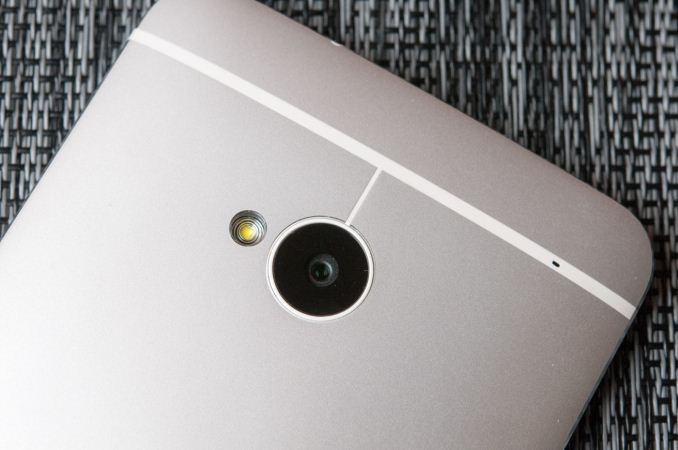
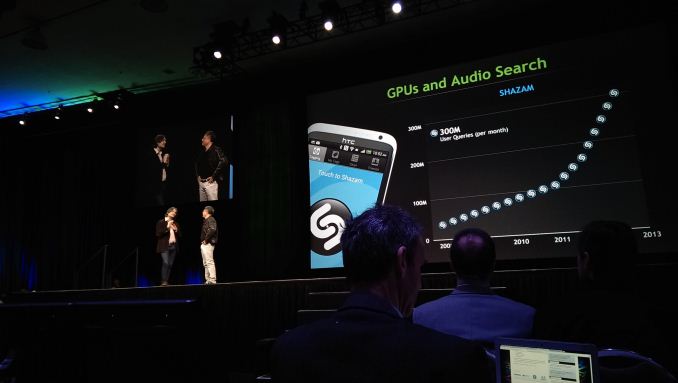

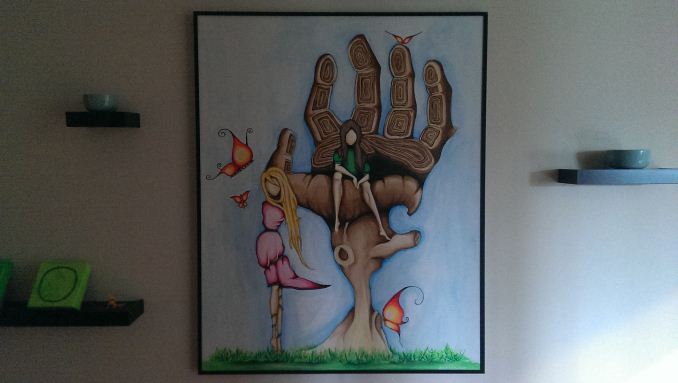
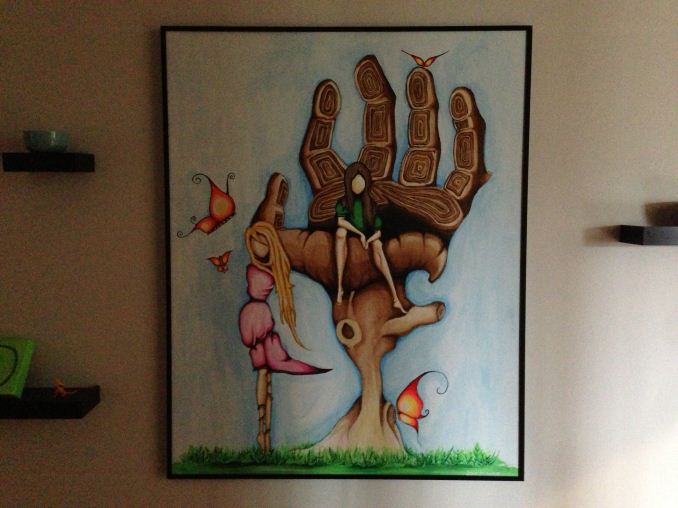
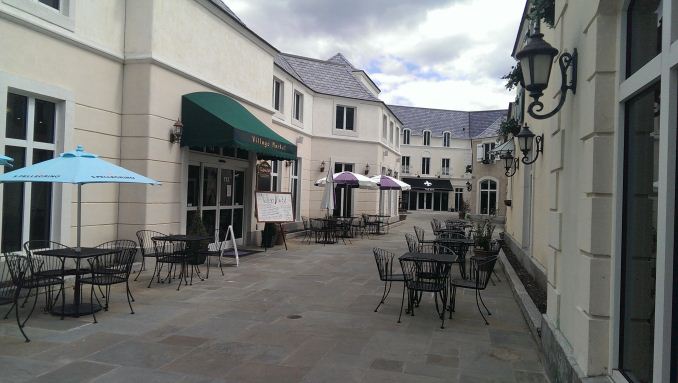








434 Comments
View All Comments
CeriseCogburn - Monday, March 25, 2013 - link
It's turned to it because spewing mindless trolling IDIOTS claim no one cares.That's why - the RETARD jerks won't concede the point, and new points keeps emerging shoving them further into the dated bin.
PAY for the data load to cloud, RETARD - new point by tomy123.
Now you want to BAIL on the topic because you got seriously spanked into a puddle of doggy doo doo.
ADMIT DEFEAT so we can move on.
DEECEE - Friday, March 29, 2013 - link
Because there is no reason to dwell on those points as the ONE obviously excels in those, I am pretty sure in the Samsung S4 article, there's all this discussion about the camera and build quality of the HTC ONE, which just begs the question why HTC is so stupid not to think to design these features in to put everyone's mind to ease to start with.DEECEE - Friday, March 29, 2013 - link
You're kidding right, you don't want to carry tiny micro SD cards, but carry USB OTG cable with USB SD card readers just so you can buy a phone without a micro SD slot? I love the One's design, and curse HTC for having no brain in designing in a replaceable battery and SD slot, but the blindsightedness on One's clear short coming and the extent to compensate for it is laughable, almost as laughable as buying bluetooth keyboards for tablets.evonitzer - Thursday, March 21, 2013 - link
Worth noting that the lowest storage level on the One is 32 gigs. We're far better off than the 8 gig Nexus 4, which is definitely too small. I think 32 would be quite usable without needing expansion.Also, wait for a disassembly guide. Lots of phones aren't that difficult to pry apart and add a new battery into. Perhaps the One will be as easy to disassemble as a Surface Pro, but we can hope not!
CeriseCogburn - Monday, March 25, 2013 - link
Except now 32 is not that much, and more is better. It's only going down to smaller as each day passes.Next, LOL - first the retards of the world don't want or use an SD storage, now they can just download the disassembly tech guide and "pry apart!" their phone it's "probably easy"....
R O F L YOU HAVE FLOWN THE COOP.
DEECEE - Friday, March 29, 2013 - link
Why should anyone need to PRY APART their phone to replace a battery, isn't that why cars don't their their wheels welded to the axles even when doing so gives a better resistance against misalignment of the wheels?AndroidDoes - Thursday, March 21, 2013 - link
That may be why HTC is offering 32 GB standard which I think is a great idea and an ideal size. There's always going to be people who need extra or bigger batteries or want to carry a lot of offline storage, but they are simply not the majority and the iPhone is an obvious example. Plus there's some work arounds like the battery bar (I think gives 3 charges) and usb sticks.As for replacing the battery, it should be fairly easy to do although the One has the battery behind the screen and with the unibody you will probably have to remove the screen from the front. HTC should design in a way that dosent mess up the lcd3, digitizer, glue, etc.
CeriseCogburn - Monday, March 25, 2013 - link
So ideal isn't 64 with 64 expansion ?It's now 32 because you think so.
It's not 16 + a very cheap 64 for 80 in ideal and convenient.
It's not a buttload of 2,4,8, and 16 you have lying around extra from camera use over the years ?
Yes, suddenly, the sea of stability is 32.... 3.2 inches is also perfect she said looking down at you
're phone.
Pylon757 - Thursday, March 21, 2013 - link
In the US the HTC One developer edition will be $649 for 64 gigs, so it shouldn't be Apple-level expensive.Barnassey - Saturday, March 23, 2013 - link
That IS apple level expensive